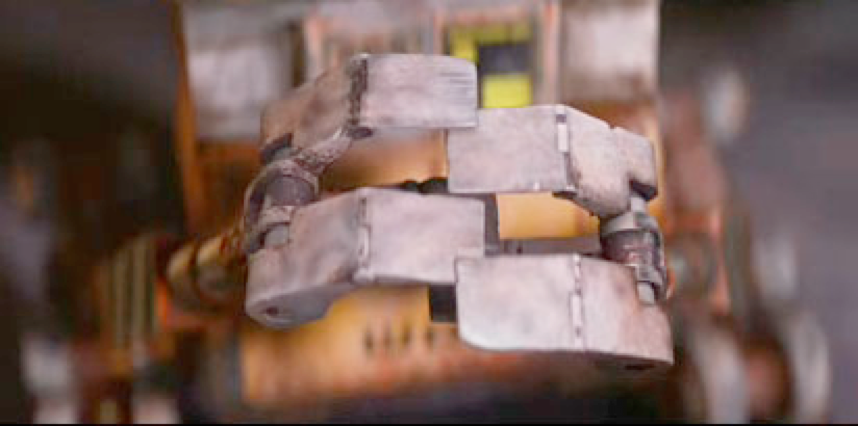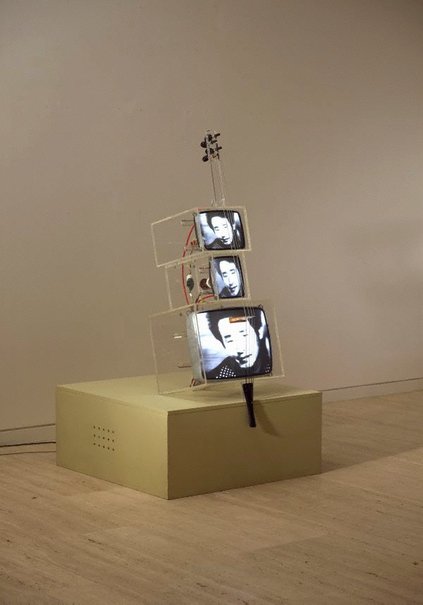Networked Photography
Greg Williams
Greg Williams is an English photographer, born 14 August in 1972. In the mid 1990’s, Williams primarily a photojournalist, capturing war-torn Sierra Leone and Chechnya. Stating active war zones “…aren’t places for anyone who isn’t a trained soldier,” (Rufus, 2017), Williams recently discovered he developed PTSD from his time in Sierra Leone, when he was 23. Williams then moved in to editorial work, and fashion and celebrity photography, where he has worked for Vogue Italia, GQ, and Vanity Fair. He shot poster campaigns for multiple films including both the James Bond and Jason Bourne series.
In 2009, Williams used a Red One camera to shoot Megan Fox for Esquire, which was the first time a video camera still was used for a portrait in a major magazine. (Found here: https://vimeo.com/11878267). In 2011, he directed Sgt. Slaughter: My Big Brother, a short film, and then in 2013, a feature film Samarkand featuring Tom Hardy as a Special Air Service soldier dealing with PTSD. He states that a lot of his photography techniques have come from cinematographers, inspiring for example the way he shoots in “heavy and deliberate” (Rufus, 2017) light.
Currently, Williams is the official photographer for the BAFTA’s, but he also shoots for multiple award shows, including the Academy Awards. This work, along with his behind-the-scene film photography and editorial shoots, make up his body of work which is primarily seen and interacted with on Instagram.
@Gregwilliamsphotography “#DanielCraig on the Set of #NoTimetoDie” 5 April 2020
Williams, Gregwilliamsphtoography, “#DanielCraig on the Set of #NoTimetoDie”, Instagram, 5 April 2020, viewed April 28 2020 <https://www.instagram.com/p/B-kNfn1jck_/?utm_source=ig_embed>
@Gregwilliamsphotography “#joaquinphoenix who won the best actor Oscar tonight for his role in @jokermovie and #rooneymara tuck into their #montysveganburgers” 10 February 2020
Williams, Gregwilliamsphotography, “#joaquinphoenix who won the best actor Oscar tonight for his role in @jokermovie and #rooneymara tuck into their #montysveganburgers”, Instagram, 10 April 2020, viewed April 28 2020 <https://www.instagram.com/p/B8YRS9dgiS3/?utm_source=ig_embed>
How were the photos authored?
The first image, as stated in the caption, captures Daniel Craig on set for the upcoming installment of James Bond. Williams has used a Leica Q2 to take the image, and any editing is not apparent or mentioned. It has an element of that ‘heavy’ feeling lighting that he stated in the Annell interview, which helps to create a damp atmosphere. The image accords with the almost entirely black-and-white theme shown on his entire Instagram profile.
The second image sees Joaquin Phoenix and Rooney Mara after celebrating with burgers after the Academy Awards. Again, it has the black-and-white appearance, and captures the couple candidly winding down after the ceremony, and Phoenix’s win. Both of these posts have a behind-the-scenes quality that make them appealing to an audience.
How were the photos published?
The main form of publishing of these images was via Instagram, the only social media platform Williams uses. Additionally, he has a blog, but that is more so a a way to digitally compile his works rather than necessarily share them to an audience. There is no evidence to suggest they has been physically printed.
How were the photos distributed?
Instagram being the main form of distribution, Williams is reaching an audience of 587,000. How the individual posts are received depends on his followers, however the multiple hashtags used is another method to reach a wider range of Instagram users. The use of the hashtag’s also assist in the commercialisation of the image, and in turn the platform, advertising for ‘Monty’s vegan burgers’. The second image gained more attention on social media, with William’s encapsulation of a private moment popular with Twitter users in particular. This is an example of an image becoming ‘networked’, gaining traction across multiple platforms.
References
Greg Williams 2010, Megan Fox Moving Cover HD, Vimeo, viewed April 27 2020, <https://vimeo.com/11878267>
Rufus, A 2017, Soldiers, Superstars, Coachella and PTSD: For Photographer Greg Williams, They All Intersect, Huffpost, viewed April 27 2020 <https://www.huffpost.com/entry/soldiers-superstars-coach_b_7072574>
Williams, G n.d,Greg WIlliam Photography, Gregwilliams.com, viewed April 27 2020 <https://gregwilliams.com/>
Williams, G n.d., Greg WIlliams Archive, Gregwilliamsarchive.com, viewed April 27 2020, <http://gregwilliamsarchive.com/>
Williams, Gregwilliamsphotography, “#joaquinphoenix who won the best actor Oscar tonight for his role in @jokermovie and #rooneymara tuck into their #montysveganburgers”, Instagram, 10 April 2020, viewed April 28 2020 <https://www.instagram.com/p/B8YRS9dgiS3/?utm_source=ig_embed>
Williams, Gregwilliamsphtoography, “#DanielCraig on the Set of #NoTimetoDie”, Instagram, 5 April 2020, viewed April 28 2020 <https://www.instagram.com/p/B-kNfn1jck_/?utm_source=ig_embed>


